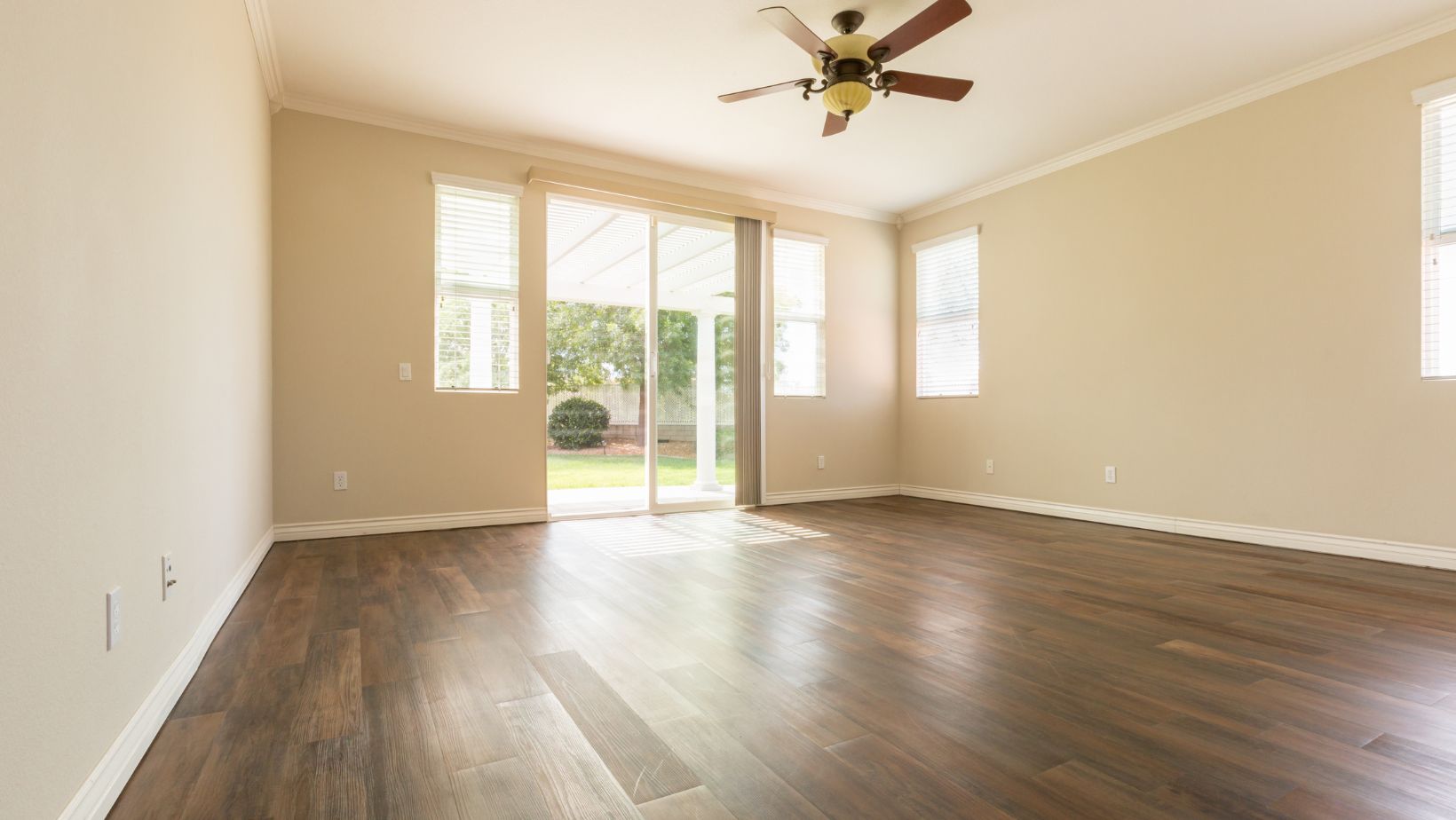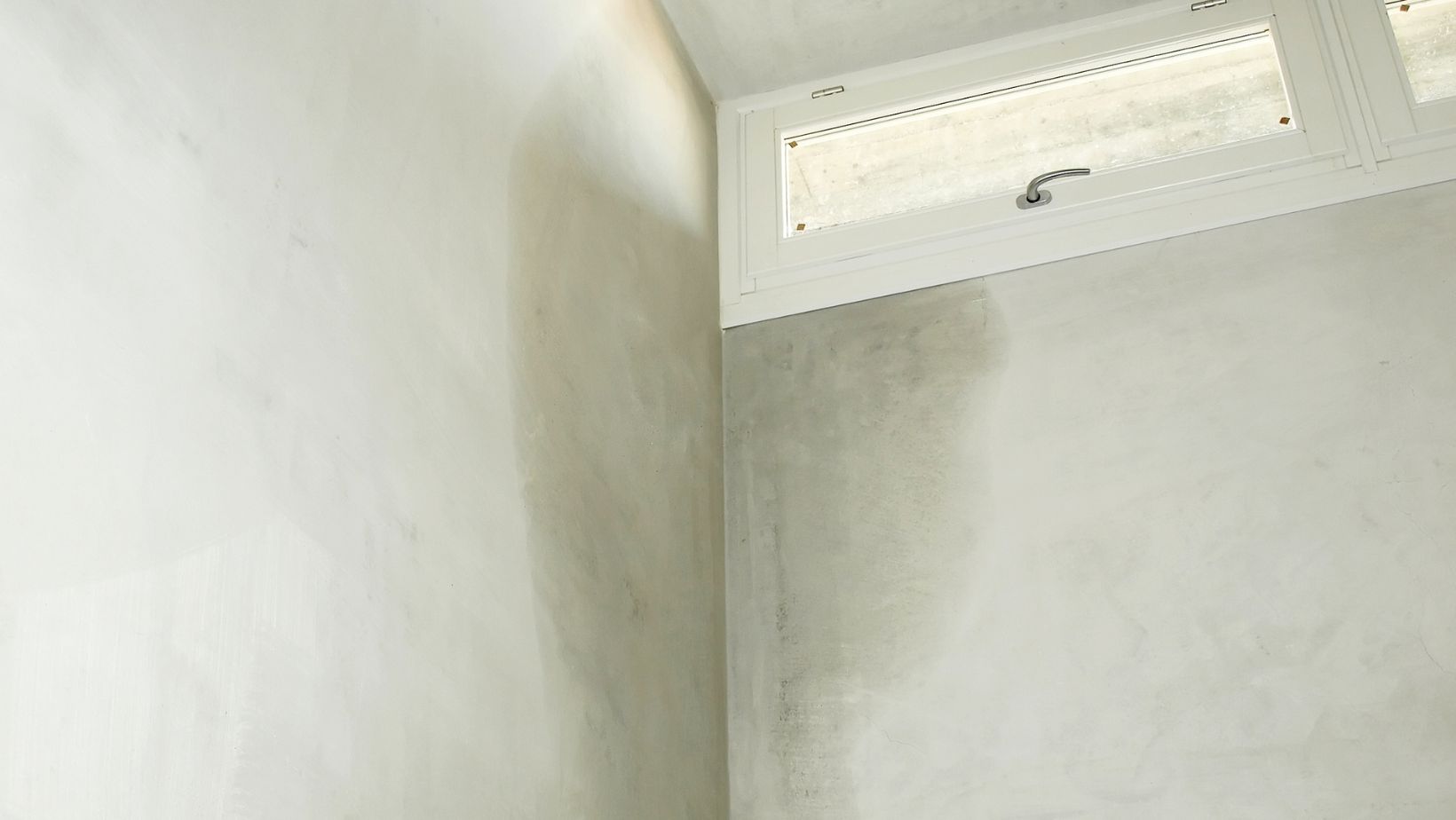Most of us don’t think twice about our home’s structure — until something goes wrong. A small crack here, a slightly sticky door there, and suddenly you’re wondering whether those are just signs of an aging home or something more serious.
Spotting weak points early can save you from costly repairs down the line. And if you’re in the planning or renovation stages, considering stronger building options like steel house frames can help avoid many of these issues altogether.
But whether you’re buying, renovating, or just trying to keep your current home in top shape, here are the key areas to pay attention to — before small signs become big problems.
Start with the Obvious: Cracks and Shifts
Not all cracks are cause for concern — but some are. The trick is learning which ones to watch and when to act.
Hairline cracks:
- Typically appear in plaster or drywall
- Common in new builds as the house “settles”
- Usually harmless but worth keeping an eye on
Wider cracks (larger than 5mm):
- Often found near windows, doors, or foundations
- May indicate structural movement
- Should be inspected by a qualified professional
Also pay attention to any new gaps forming between walls, floors, or ceilings — especially if they appear quickly or widen over time.
Uneven Floors and Sloping Rooms
A floor that tilts slightly might not seem urgent, but it can signal shifting foundations or joist problems underneath. Use a level (or even a marble) to test suspicious spots, especially in older homes.
Keep an eye out for:
- Bouncy or spongy areas underfoot
- Doors that swing open or shut on their own
- Furniture that doesn’t sit level
While some sloping can occur naturally over decades, sudden changes should never be ignored.
Doors and Windows That Stick or Won’t Close
If windows or doors that used to open smoothly now jam or catch, it could be more than just humidity. Warped frames can point to foundational shifts or frame movement within the walls.
Look for:

- Diagonal cracks near window or door corners
- Gaps between the frame and the wall
- One side of the door or window noticeably higher than the other
Sometimes the issue can be fixed with minor adjustments — other times, it’s the symptom of a larger structural issue.
Damp Patches, Water Damage, and Mould
Water is one of a home’s greatest enemies — and not just because of potential rot. Moisture can weaken timber frames, erode foundations, and create the perfect environment for mould and mildew.
Warning signs include:
- Water stains on ceilings or walls
- Bubbling or peeling paint
- Musty smells or visible mould spots
In homes with timber framing, long-term moisture can lead to hidden rot. In contrast, moisture-resistant materials — such as steel framing — are far less vulnerable to these issues.
What You Might Not See (But Should Still Check)
Not all structural weaknesses are visible at first glance. Here’s where a little proactive checking can go a long way:
Roof and Attic Space
- Sagging rafters or sagging ceiling lines
- Signs of water damage or daylight peeking through
- Unusual bowing in rooflines (visible from outside)
Subfloor and Crawl Spaces
- Standing water or signs of previous flooding
- Shifting support beams
- Insect damage, especially from termites
These hidden areas can reveal structural strain well before it becomes visible inside the home.
What to Do If You Spot Something
If you notice any of the warning signs above, don’t panic — but don’t ignore them either. Early action can save you thousands in repairs and prevent minor problems from turning into major safety risks.

Here’s what to do:
- Document the issue – Take clear photos and jot down when you first noticed it.
- Monitor for changes – Has it worsened over a week or month? New cracks forming?
- Call a licensed builder or structural engineer – Especially if there are multiple warning signs.
They can assess whether it’s a cosmetic issue or something requiring immediate attention.
Thinking Long-Term? Build Smart from the Start
If you’re planning a new build or major renovation, it’s worth thinking ahead. One of the smartest ways to minimise future structural issues is to choose the right materials from the beginning.
Timber frames, while common, are more susceptible to warping, rot, and termite damage. By contrast, steel house frames are gaining popularity for their durability, fire resistance, and ability to hold up better over time — especially in areas with high humidity or shifting soil. A strong structure means fewer headaches down the road — and more peace of mind in every season.
Your home might not talk, but it does show signs when something’s wrong. Learning to read those signals — and knowing when to act — can help you protect your investment and keep your family safe.
Whether you’re maintaining an older home or planning something brand new, a little structural awareness goes a long way.

